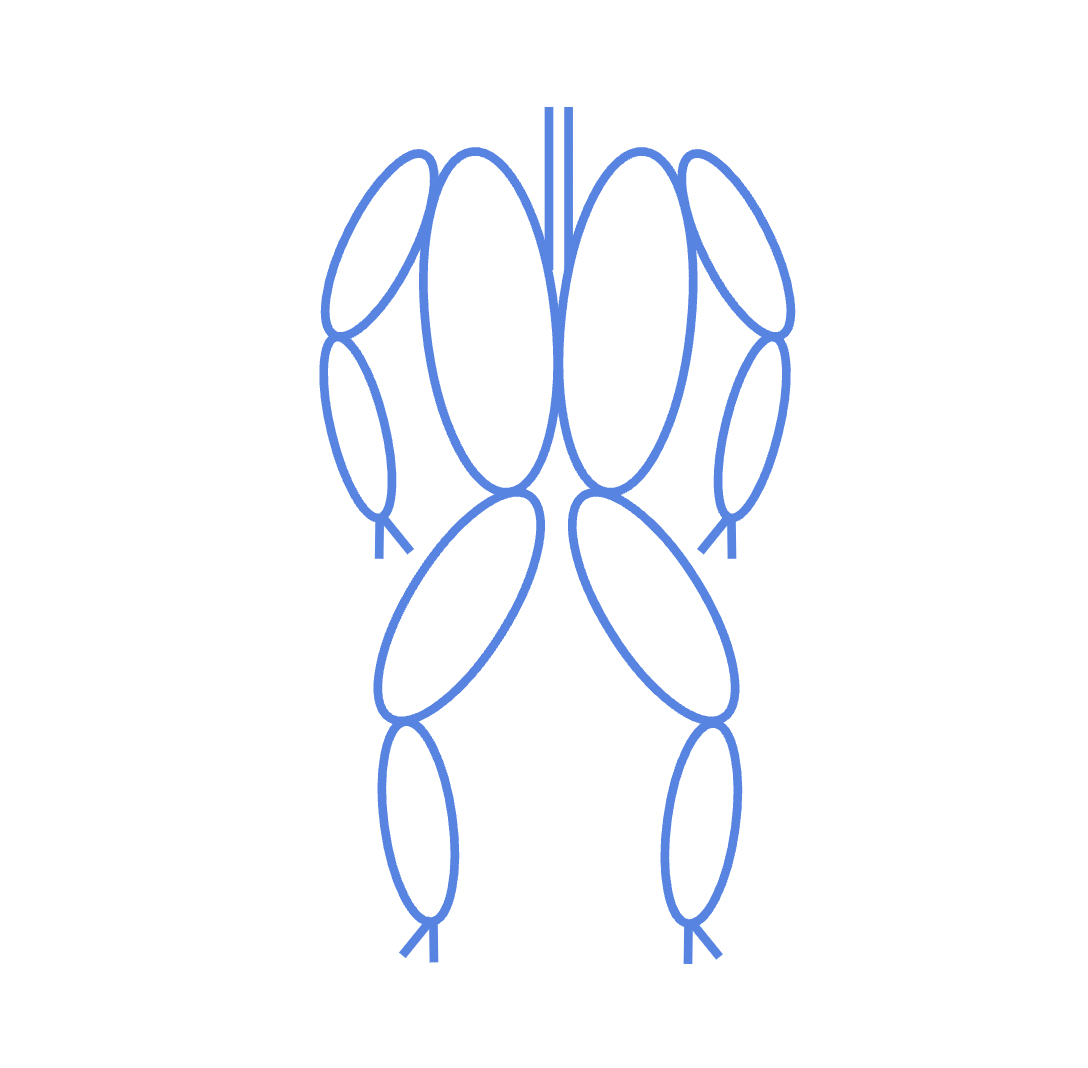What Your Feet Say About Your Knees and Hips
Most people think knee pain or hip tightness starts up there. The truth? It usually starts way down at your feet. Your feet are the blueprint, your knees are just hinges that follow, and your hips are the big compensators trying to hold the whole system together.
If your foundation collapses, everything above it twists and torques to keep you upright. That’s where pain sneaks in. Let’s walk through the main foot patterns I see all the time — and how they ripple upward.
Flat Arch / Over-Pronation
When your arch collapses and the heel rolls inward, your knees don’t have a choice — they cave in too. The hips rotate inward, the pelvis drops forward, and suddenly you’re stacking compression in the low back. That’s why a flat arch isn’t just about your feet — it’s a chain reaction.
High Arch / Supination
The opposite problem: the arch is so rigid that you’re stuck on the outer edge of your foot. Knees bow out, hips rotate externally, and your body loses shock absorption. Think IT band tightness, glutes that don’t fire, and hips that hike up instead of flowing.
Forefoot Collapse / Bunions
When the big toe drifts outward and the front of the foot spreads, push-off power disappears. Knees stop fully extending, hips lose their stride, and the pelvis starts twisting. What shows up? Overworked hip flexors, hamstrings straining, and the low back picking up the slack.
Rearfoot Tilt / Heel Angle
If one heel tips in or out more than the other, it creates a functional leg-length difference. Your pelvis tilts, your spine shifts, and suddenly the whole system is fighting to keep balance. That’s when SI joints get cranky or scoliosis tendencies creep in.
Toe-Out or Toe-In Alignment
Duck-footed? Your knees and hips spin outward, overloading the rotators. Pigeon-toed? Knees collapse inward, hips get stuck in internal rotation. Either way, the spiral timing of your gait is broken, and efficiency drops.
Left vs. Right Foot Differences
One arch flatter, one foot longer, one heel more tilted? The pelvis rotates, the rib cage locks, and you get chronic tightness on one side. That’s why one hamstring always feels tighter, or one hip always aches after a run.
The Spiral That Matters Most
At the end of the day, every great mover — from Jordan to Brady to top cyclists and sprinters — has mastered the same pattern: the out-to-in spiral.
Land on the outside edge of the foot.
Spiral force inward through the tripod (big toe, little toe, heel).
Let the knees and hips follow that controlled inward rotation.
That’s how you load fascia, store elastic energy, and recoil into the next step. Lose that spiral, and you’re either collapsing flat and stuck inside, or you’re locked rigid on the outside with no spring.
Takeaway
Your feet aren’t just about what shoes you wear — they’re the steering wheel for your knees and hips. When you can retrain the tripod and reclaim the out-to-in spiral, you stop fighting your own body. Instead, every step, squat, and stride starts to feel like a system working with you instead of against you.
